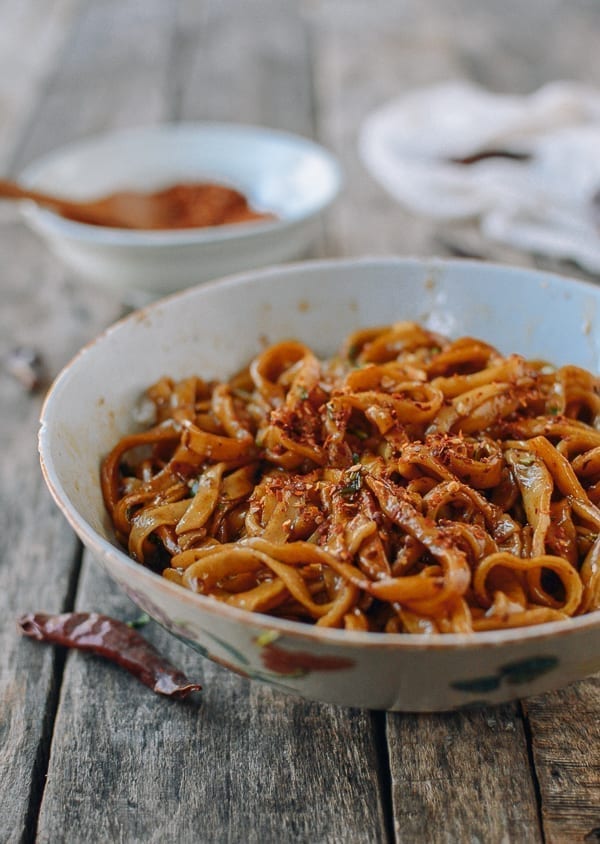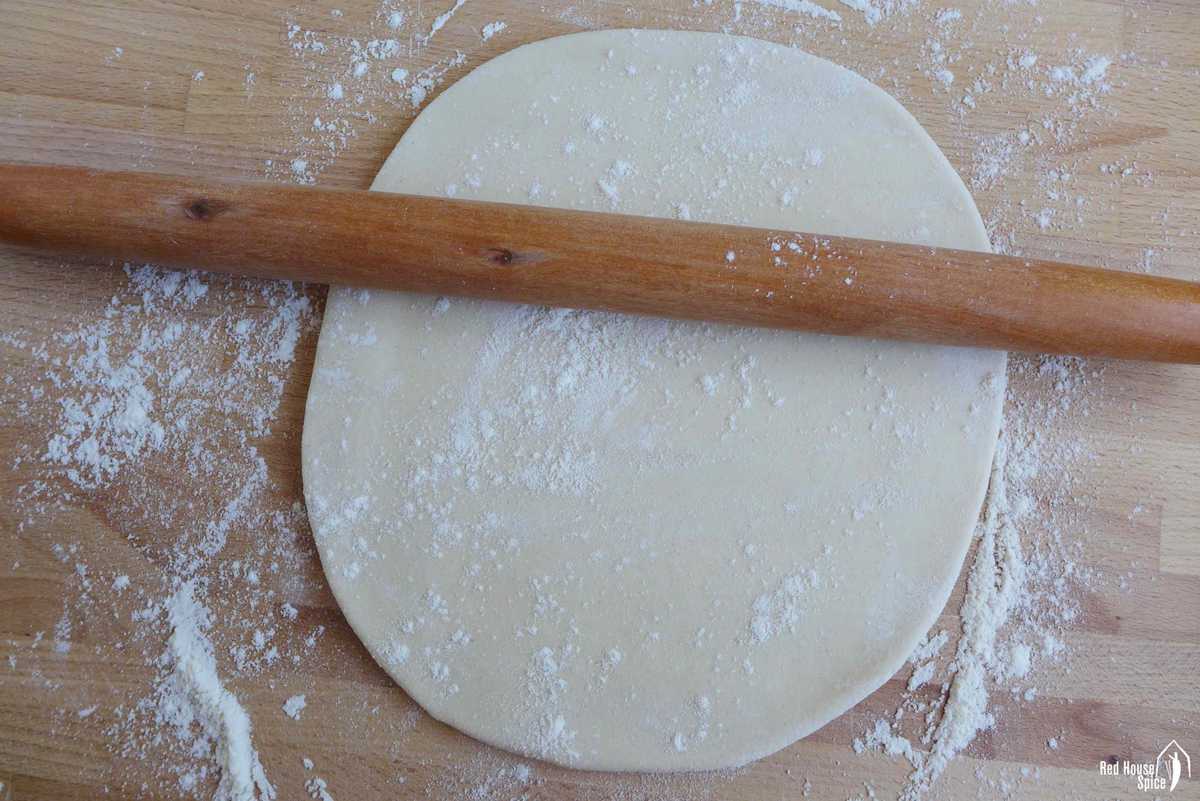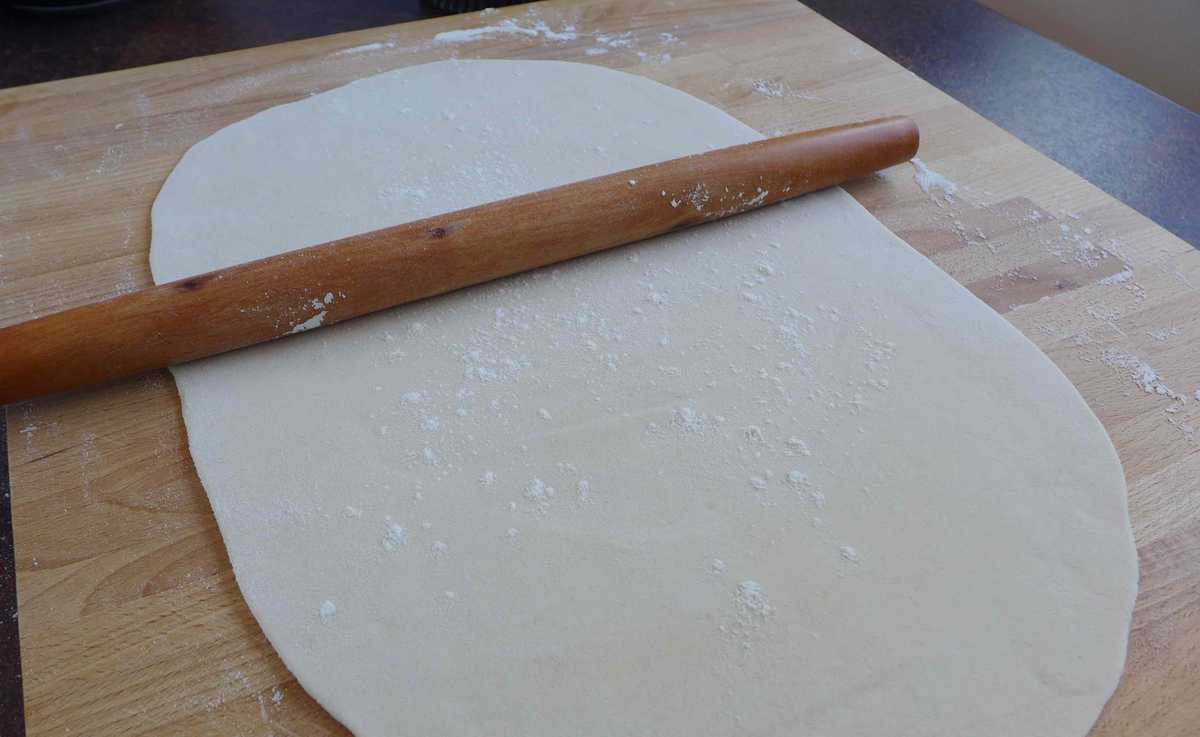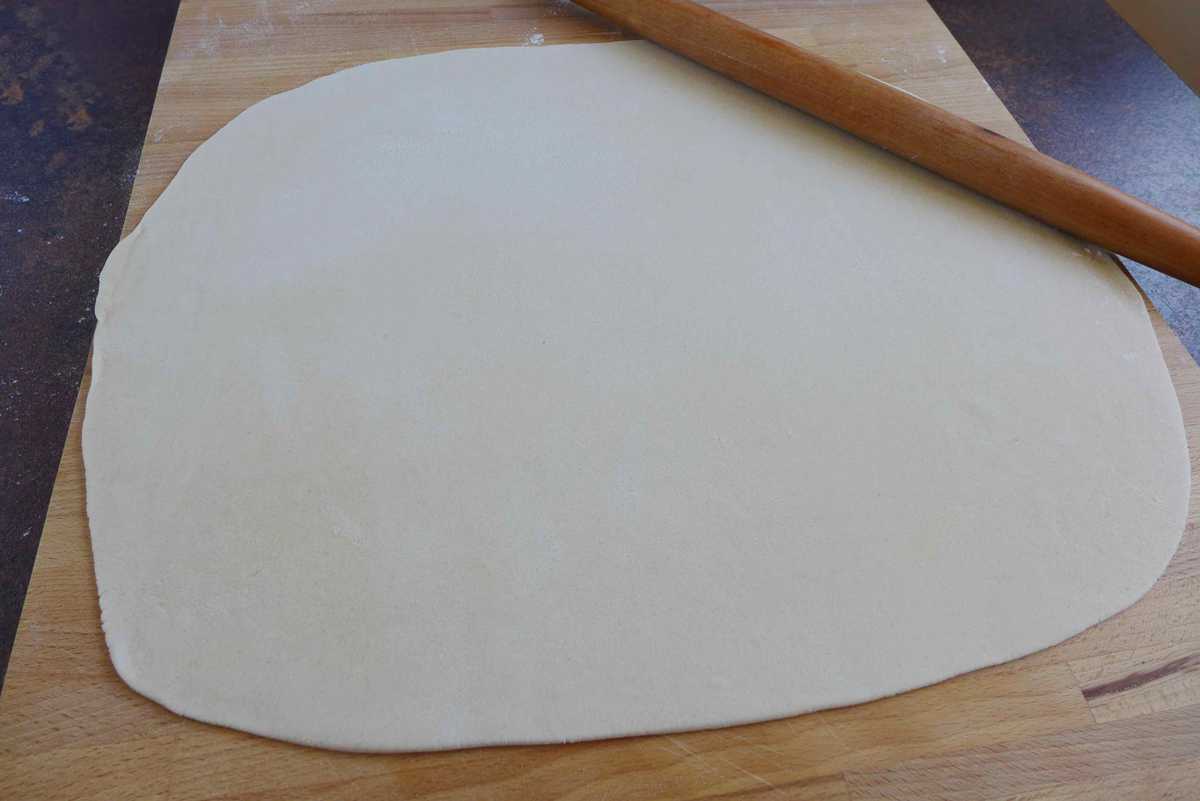One of the most crucial ingredients in Asian cuisine is rice. So crucial that the word “rice” is used to refer to any food or meal in several Asian languages The fact that this versatile grain is also used to create the equally adaptable rice noodle should not come as a surprise. But what are rice noodles exactly, and how are they produced?
Essentially, the two main components that go into making rice noodles—rice flour and water—are combined according to a recipe that has stood the test of time since it was invented in China 2000 years ago. Rice noodles come in a variety that ranges from hair-thin vermicelli to the wide, silky rice sheets used in Chinese dim sum, although they are not as wildly shaped as some pastas. These noodles, like rice, lack flavor on their own but pair well with flavorful sauces or light broths for stir-fries or curry dip.
According to historical accounts, invaders from the north of China were more accustomed to eating wheat noodles than cooked rice when they arrived in the south of the country. The rice noodle was created when Northern cooks tried to make noodles out of rice flour because rice was so readily available in the South. Since then, rice noodles have spread to other regions of the continent and are now a common ingredient in dishes like stir-fried Char Kway Teow and spicy, soupy Laksa throughout Southeast Asia. 1.
Prior to making any noodles, raw (unmilled) rice is stored for up to 9 months to allow for natural physiochemical changes. The unmilled rice is aged in this manner to produce noodles with a firmer, more palatable texture as well as cooked rice that is fluffier and harder. 2, 5.
The rice is cleaned after it has sat for a while and is then steeped in water for several hours to several days, where the naturally occurring lactic acid bacteria and yeast cause the rice to ferment. 3.
The final step is to roll the rice through a mill while intermittently adding water to create a wet-milled flour. 4.
Rice flour must go through a process known as pre-gelatinization because it lacks gluten and has poor binding qualities, which makes it difficult for it to form a cohesive dough. Pre-gelatinization is the process of drawing out the natural starch from rice to help the dough hold together when it is kneaded into balls. This is done by adding boiling water or steam to rice flour. 5 To give the finished noodle a chewier texture and glossier appearance, tapioca, potato, or cornstarch may now be added. 6.
The best rice noodles are produced using long-grain rice with a high amylose content because the additional starchiness helps to bind the dough and create chewy, delicious noodles. 5, 7.
A dough is first formed, and then it is molded and shaped into noodles. The dough is pressed into sheets and then cut into long strips before cooking for a flat rice noodle dish like Vietnamese Pho or Thai Pad Thai. The dough made from rice flour is extruded through a mold and into boiling water to create other types of noodles, such as slim laksa noodles or thin vermicelli, which are cooked for 1-2 minutes. These noodles must be quickly cooled in a cold water bath (0–10°C) after cooking. 8.
To further gelatinize the starch in the noodles and make them smooth and slippery so they don’t clump together when packaged, a quick succession of heating and cooling is required.
The noodles are cleaned to remove any sticky starch, and then either packaged as fresh rice noodles or further dehydrated. In contrast to dried rice noodles, which can be stored for years without issue, fresh rice noodles can be cooked right away and should be consumed within a few days. However, they typically need to be rehydrated as directed by the brand by soaking the noodles before cooking. 9.
Dishes to Make With These Handmade Noodles
Briefly stated, you can use your handmade Chinese noodles in any noodle soup or sauced noodle dish of your choice!

Community Q&ASearch
Advertisement
Step 2: Flatten the dough
The dough must now be rolled out into a thin sheet using a rolling pin. In all honesty, if you’re not used to working with dough or a rolling pin, it can be a challenging process. But don’t be intimidated by my statement. I have a few tricks to make it easier!.

I employ a slightly tapered all-purpose Chinese rolling pin. It is about 3 cm (1 inch) in diameter and 40 cm (16 inches) long (I also use it for dumpling wrappers). If they aren’t too short in length, you can also use a pastry rolling pin with handles or another type.
Place the dough directly over the kitchen counter or over a large cutting board. Roll the dough from the centre outwards. To achieve an even thickness, rotate and flip as often as necessary.

Keep in mind to frequently sprinkle flour on the dough and the work surface. This will prevent sticking thus making rolling much easier.
If you find it difficult, try splitting the dough in half and working on each piece separately. With practice, you’ll be able to roll a bigger batch.

The dough sheet’s thickness is determined by your rolling prowess and personal preference. Around 2 mm (⅛ inch) would be a good choice. Please keep in mind that after cooking, the noodles will expand.
FAQ
Is noodle made of maida?
Noodles is one such delightful but defamed food. Maida (also known as all-purpose flour or white refined flour) is used to make authentic noodles. Currently, everyone is aware of the numerous negative effects of regularly consuming large amounts of maida. Almost all essential nutrients are lost when maida is processed.
Is noodle made of refined flour?
Traditional methods for making noodles call for refined wheat flour that contains 17–20% amylose [3].
What flour is used for Chinese noodles?
Use bread flour (i. e. (also known as “strong flour” or “high gluten flour”): Developing the gluten in the dough will give your noodles a good chew. Using flour with high gluten content (known to U. S. consumers as bread flour or strong flour in the U. K. ) makes a big difference.
Is Chinese noodles made of maida?
Chinese noodles are typically made from wheat flour, rice flour, or mung bean starch, with rice noodles being more typical of southern China and wheat noodles being more widely produced and consumed in northern China.
Are noodles made from wheat or rice?
In order to adapt, northern Chinese cooks tried to make “noodles” out of rice instead of the traditional wheat, which led to the creation of rice noodles. Over time, rice noodles and the techniques used to make them have spread throughout the world, becoming particularly well-liked in Southeast Asia.
Is rice noodles made of maida?
Some products also incorporate cornstarch and tapioca to enhance the texture and appearance of the noodles, which are primarily made from rice flour and water.